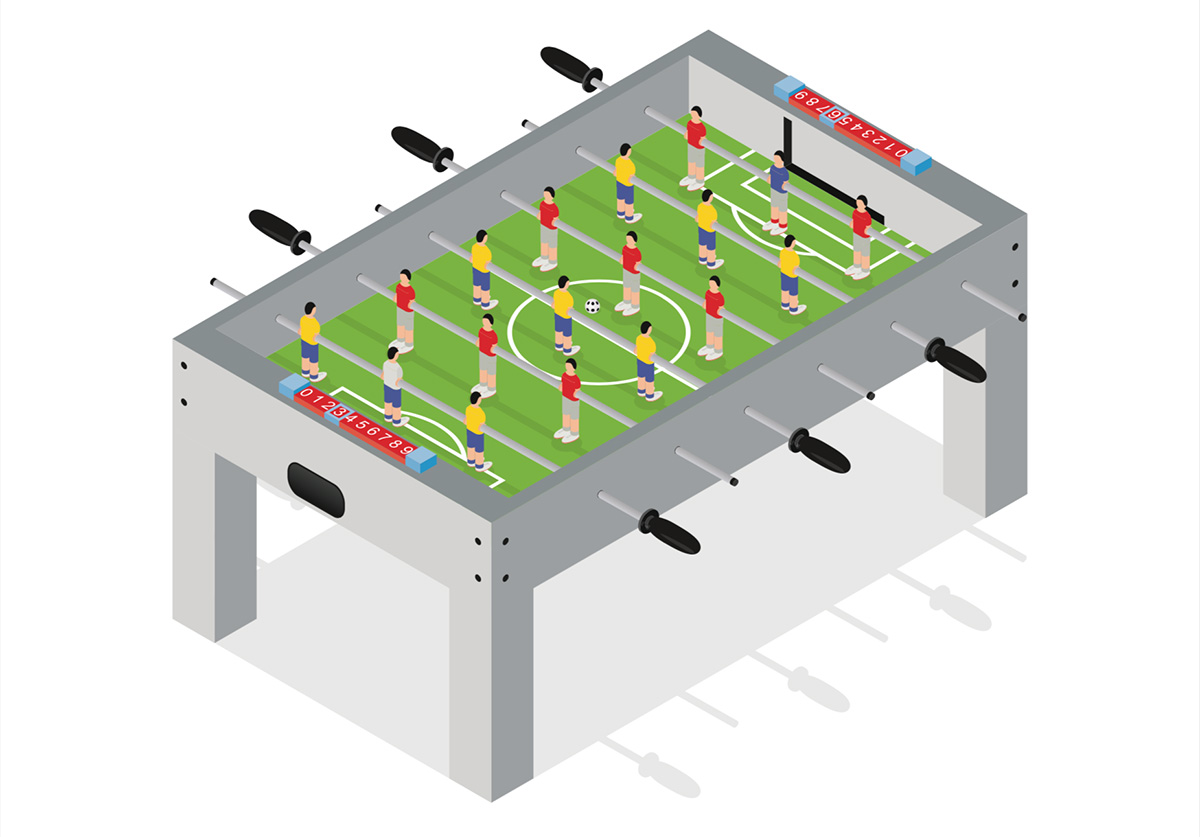Effective collaboration is the key to building better companies.
Many of us feel that, as professional adults, we shouldn’t spent too much time worrying about being nice to colleagues and employees. This commonly-held attitude holds that our work should speak for itself, and that it’s a waste of time to think about how our colleagues perceive us as people. Many of us are guilty of holding ourselves blameless for any interpersonal issues, whether in the office or at home, believing that problems are always the other person’s fault and certainly not ours.
It’s time to let go of this outdated and often unproductive approach and instead focus on how to be better collaborators. In fact, successful collaboration, or how well you “play” with others, often indicates how successful you are as a leader, not to mention also having a massive impact on your personal and family relationships.
When my good friend Alan Mulally became chief executive of Ford, he set to work to create an environment where the executive team, notorious for not working together, could learn to play well with each other. Through Alan’s leadership, the focus of the team, and ultimately the focus of the entire company, became: “How can we help one another more?”
It worked. The company survived through incredibly difficult times, and returned to achieving great success again through working together. If Ford had been a schoolyard, and the executives schoolchildren, they would have gotten the highest marks in playing well
with others.
How well does your team play together?
You can answer this question with your team by trying this simple four-step process, which I call team-building without time-wasting.
The steps are:

Step 1 – The scoring
In a team meeting ask each team member to rate “how well are we doing?” vs. “how well do we need to be doing?” in terms of teamwork. Have each member do this on paper. Have one of the members calculate the scores – without identifying anyone. On a one-to-ten scale – with ten being the highest score – the average evaluation from over 1,000 teams is “we are a 5.8. We need to be an 8.7”.
 Step 2 – The analysis
Step 2 – The analysis
 Assuming there is a gap between “we are” and “we need to be”, ask each team member to list two key behaviours that, if each other individual team member improved, could help close the gap and improve teamwork. Do not mention people – only behaviour – such as listening better, clear goals, etc. Then list the behaviours on a flip chart and have the team pick the one that they believe will have the biggest impact.
Assuming there is a gap between “we are” and “we need to be”, ask each team member to list two key behaviours that, if each other individual team member improved, could help close the gap and improve teamwork. Do not mention people – only behaviour – such as listening better, clear goals, etc. Then list the behaviours on a flip chart and have the team pick the one that they believe will have the biggest impact.
 Step 3 – The conversation
Step 3 – The conversation
Ask each team member to conduct a three-minute, one-on-one meeting, with each of the other team members. (Do this while standing and rotate as members become available.) In these sessions each person should ask, “Please suggest one or two positive changes I can make individually to help our team work together more effectively.” Then get each person to pick one behaviour to focus on improving.
 Step 4 – The follow-up
Step 4 – The follow-up
 Begin a regular monthly follow-up process in which each team member asks each other member for suggestions on how to continue their improvement based on their behavior the previous month. The conversations should focus on the specific areas identified for improvement individually, as well as general suggestions for how to be better team members.
Begin a regular monthly follow-up process in which each team member asks each other member for suggestions on how to continue their improvement based on their behavior the previous month. The conversations should focus on the specific areas identified for improvement individually, as well as general suggestions for how to be better team members.
When asking for input, the rules are that the person receiving the ideas cannot judge or critique the ideas. He must just listen and say “thank you”. The person giving the ideas must focus on the future – not the past.
This is a quick and easy process that helps teams improve and helps team members become better team players. Try it for yourself and see!
— Dr Marshall Goldsmith was recognized in 2015 as the number one leadership thinker in the world and a top-five management thinker, as well as one of the top-ten most influential business thinkers in the world.
An adapted version of this article appeared on the Dialogue Review website.



